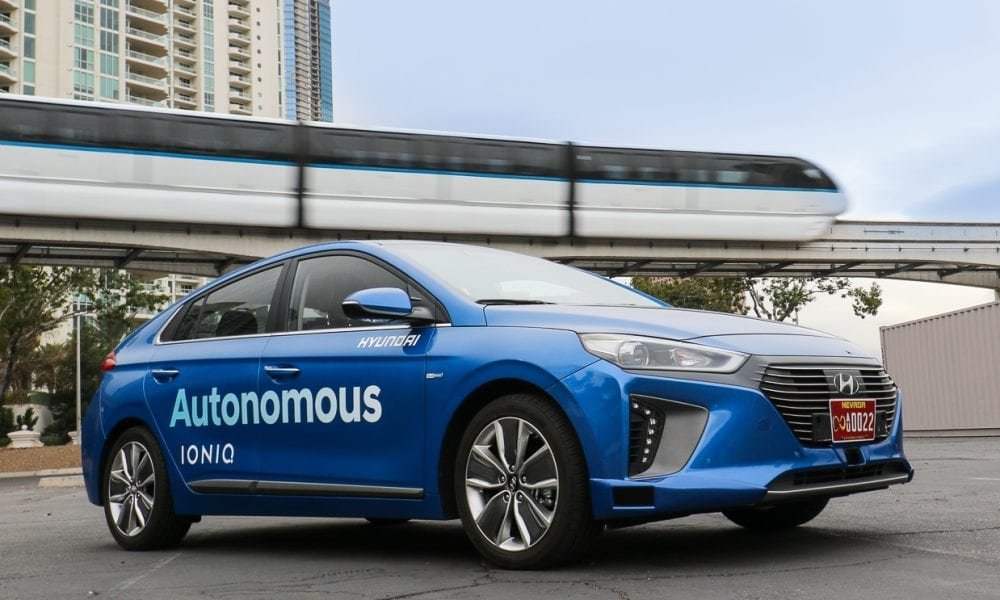
A Self-Driving Car’s Dilemma: Save Passenger or Pedestrian During a Crash?

Modern technology has brought so much ease into our lives. But along with the convenience, it has also stirred up a never-ending debate about its limitation. One of the newest yet most controversial inventions is the self-driving car which may sound revolutionary at first, until you learn about its pitfalls.
Imagine being in a car where you can practically do anything without having to glue your eyes to the road. Want to text, read, or eat while driving? Don’t worry, an AI-powered car will ultimately do the driving for you.
However, not everyone thinks the same way. According to the critics of self-driving technology, it’s far more dangerous for people inside a self-driving car because they aren’t the ones in control of the wheel. In other words, no human is controlling the vehicle.
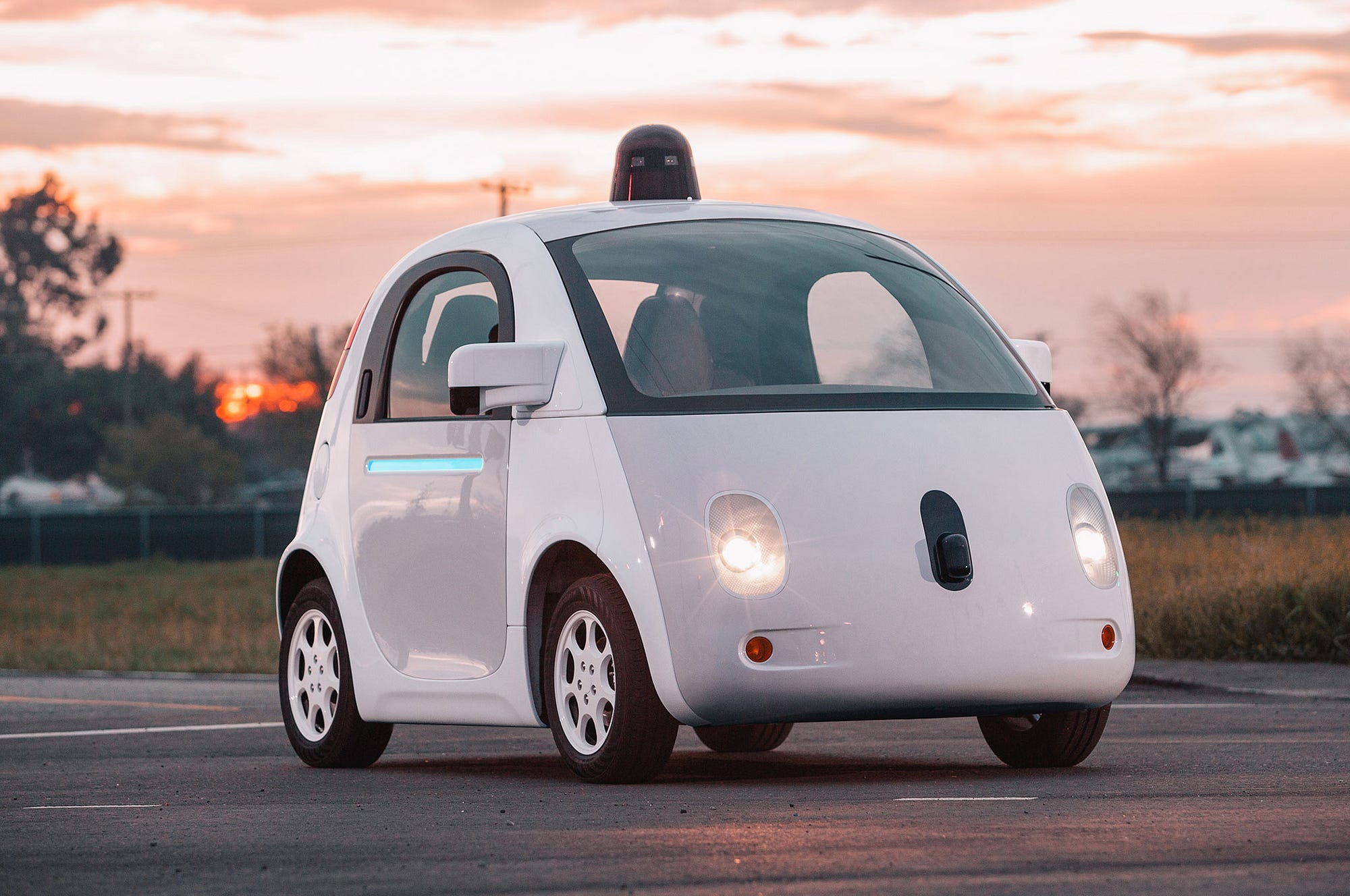
Self-driving cars are bringing the concept of multitasking to another level. While it may seem like a wonderful creation, there are still loopholes in the technology.
While the debate is much quieter now than when AI cars were first introduced, a new concern is beginning to emerge among car owners: what will a self-driving car prioritize in times of emergency – the welfare of the passenger or pedestrians? This question doesn’t just question the ability of the invention to make rational decisions but also concerns ethics and morality.
The Trolley Problem
It’s the modern day idea of the long-standing issue called the trolley problem. Fans of “The Good Place” may remember the scene where Chidi’s moral principles were put to a nerve-wracking test. The professor had to decide whether to do nothing inside the tram, a decision that could kill five workers on the track, or maneuver the tram to another track, save the five workers, and kill one person. Sounds like a no-win situation, right? Either way, it would cost human life.
A recent survey, titled “Moral Machine,” on 2.3 million respondents from different countries showed just how people weighed in on different scenarios which lead to a human’s death. The large-scale study, which was conducted by the Massachusetts Institute of Technology Media Lab, is interesting to ponder on because it also sheds light on moral dilemmas people face nowadays.
The respondents were given 13 situations wherein death was unavoidable. In all scenarios, the participants would be asked to choose between saving the passenger and the pedestrian. There were other variables like wealth, number of people, pets, and age to consider as well.
The results showed that universally, there is a greater preference to save younger people than the older ones. Another answer indicated that people are keen on saving more lives than just a single one and that people should be saved over animals.
While most people agreed on certain outcomes, there are other aspects wherein disagreement surfaced. Some preferred sparing women over men. Religious difference also became a factor in the survey.

Some of the answers in the recent survey conducted by MIT showed that most people will choose saving younger over older people and humans over pets.
Almost 500,000 survey participants said that demographic details such as gender, age, social status, and religion mattered at the time of making the choice. The researchers pointed out that difference in cultures tends to play a role in how people rationalize their decisions.
Countries that valued pedestrians more than the passengers included Japan, Norway, and Singapore. Citizens of China, Estonia, and Taiwan said that they would save passengers over pedestrians. Respondents from France, Greece, Canada, and the United Kingdom spared younger people over older ones, while those from Taiwan, China, South Korea, and Japan put the least emphasis on saving young ones.
Concerning Result
However, the more pressing outcome of the survey is how economic inequality became a factor in deciding who to save. MIT’s Media Arts and Sciences associate professor Iyad Rahwan was shocked to know that quite a few participants preferred to save people with higher financial status than the others. Alarming as it may seem, it just proves people’s perception nowadays.
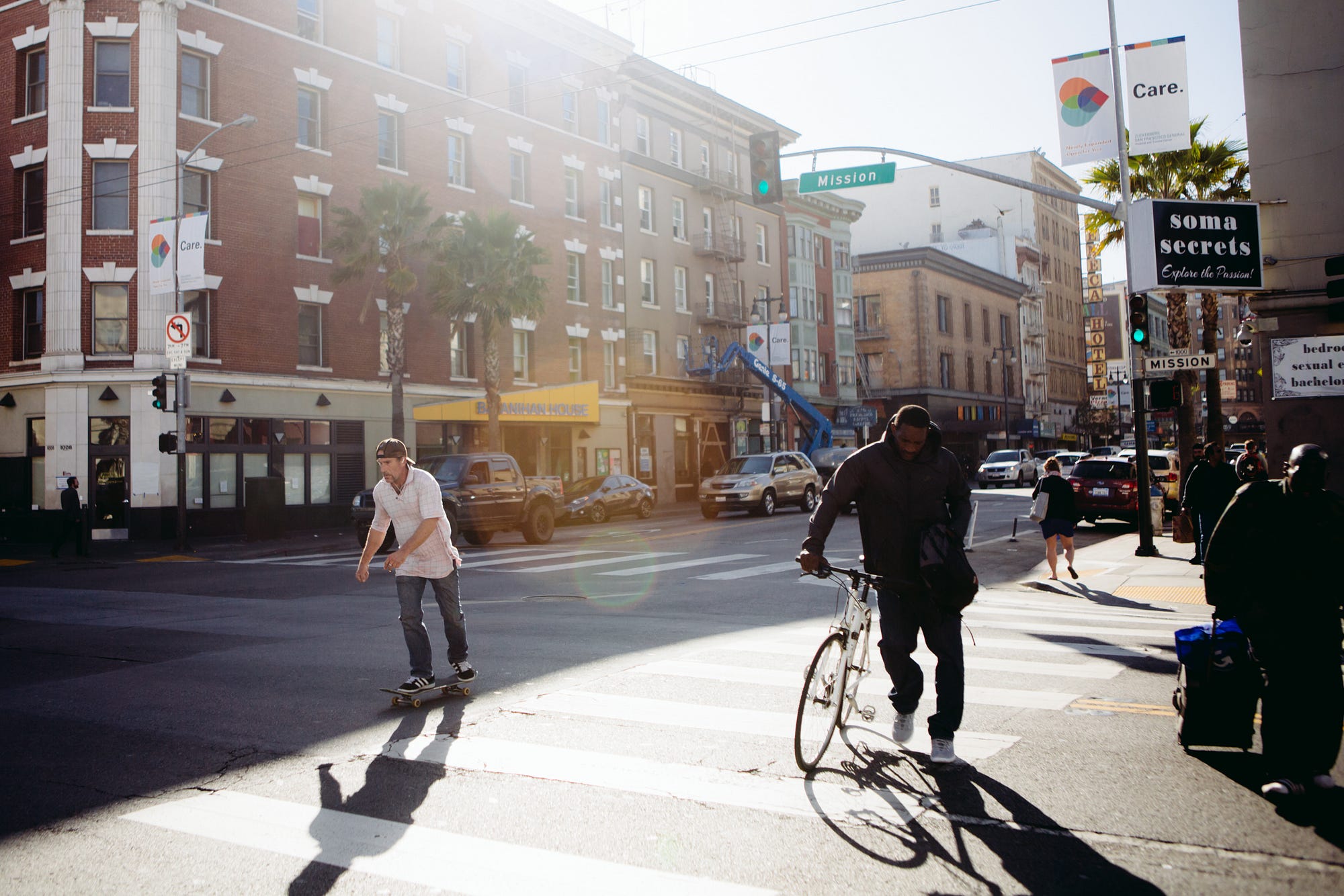
Researchers found the results interesting, however, one that struck MIT associate professor the most is that there are people leaning on sparing people with higher social/financial status than others.
To Spark A Conversation
Researchers said the study wasn’t meant to be a basis for future laws on autonomous cars but they hope that it would still spark a productive debate about self-driving technology’s hazards. MIT postdoctoral associate Edmond Awad suggested that experts should not to give in to alarming and concerning preferences of people, but instead, should be well-aware of them.
The results should be an eye-opener for everyone, including motorists, lawmakers, manufacturers, and the public. Hopefully, it will be a big help in making guidelines, especially now that the concept of self-driving cars is gaining popularity.
If it were you on a self-driving car about to hit six people on the road, would the vehicle choose to save yourself and hit the people instead or swerve the car to avoid the collision and sacrifice your life in instead?
More inDriving
-
`
How to Save on Tesla Car Insurance Without Compromising Coverage
Owning a Tesla often brings savings on fuel and a futuristic driving experience, but the conversation changes quickly when it comes...
June 26, 2025 -
`
10 Weird Cars That Turned Heads and Won Hearts
Some cars turn heads with speed, others with luxury—but a rare few grab your attention simply by being delightfully strange. From...
June 20, 2025 -
`
Next-Gen Jeep Cherokee Expected to Arrive by Late 2025
After a break of two years, Jeep is prepared to relaunch the Cherokee brand. The automaker confirmed the return with fresh...
June 12, 2025 -
`
9 Tips to Make Night Driving Safer and Less Frightening
Once the sun dips below the horizon, driving becomes more than just a commute—it becomes a challenge. Limited visibility, harsh glares,...
June 6, 2025 -
`
The Impact of AI on Middle Management and Leadership Dynamics
Artificial intelligence is reshaping modern management practices. While intended to streamline tasks like approving time off or managing internal applications, its...
May 31, 2025 -
`
Car Insurance Rates Were Set to Fall—Then Tariffs Changed the Game
For many drivers, there was reason to hope for some relief on car insurance costs this year. After a strong performance...
May 25, 2025 -
`
Tesla Robotaxi Service to Launch Soon – How Will It Affect Tesla Stock?
Tesla’s stock continues to go up as the business gets ready to launch its long-awaited robotaxi service. Scheduled for June in...
May 16, 2025 -
`
How the U.S. Government Plans to Ease Safety Rules for Self-Driving Vehicles
Something subtle but seismic just happened in the world of autonomous vehicles: U.S. regulators quietly peeled back some of the old...
May 9, 2025 -
`
Wedding Photographer Shares Life-Changing Tip for Grooms
Weddings often carry a mix of nerves and excitement, especially for the groom standing moments away from seeing his partner in...
May 2, 2025

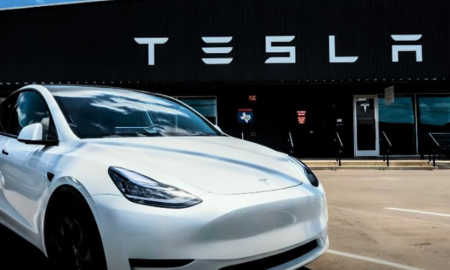


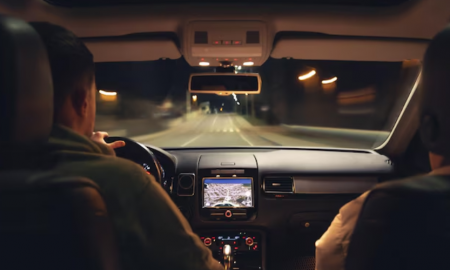
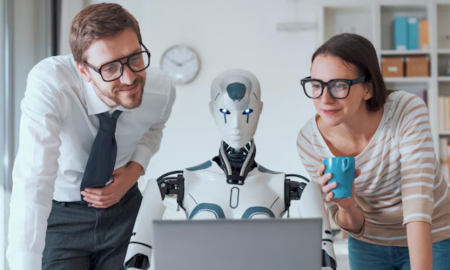


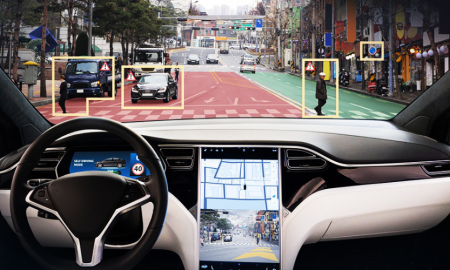



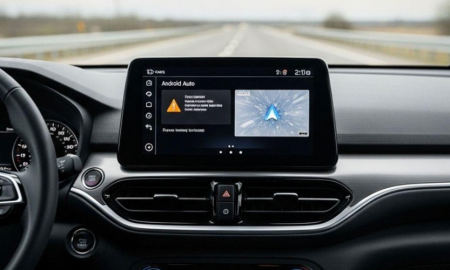
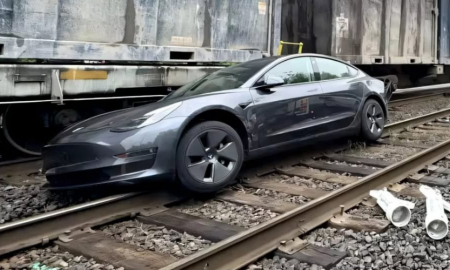

You must be logged in to post a comment Login